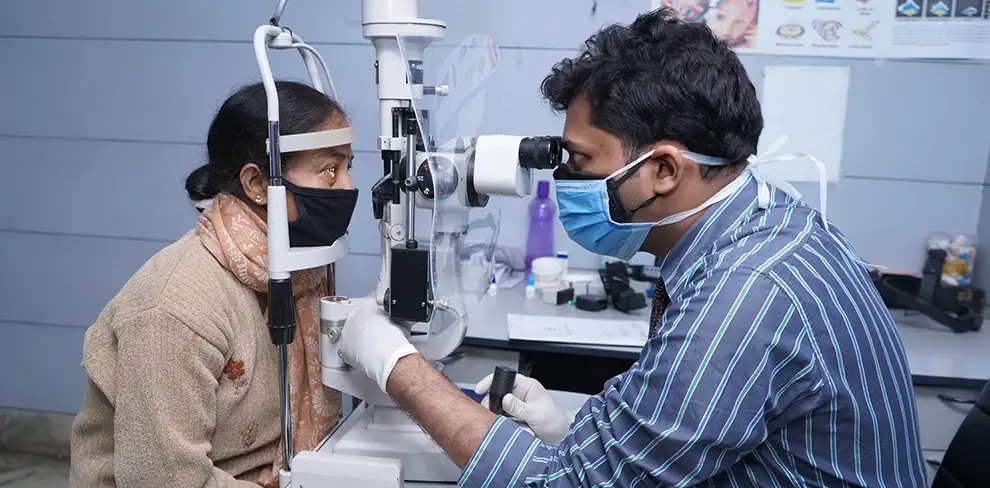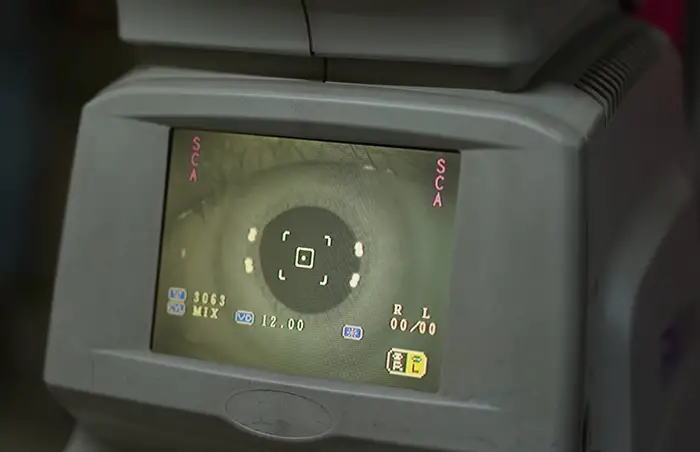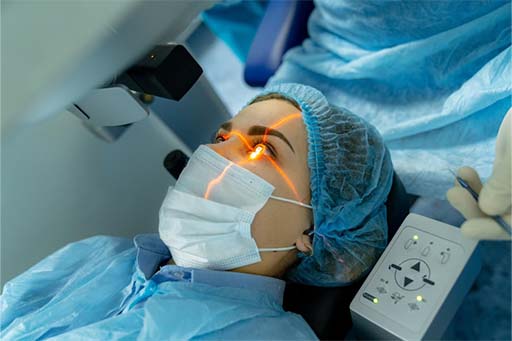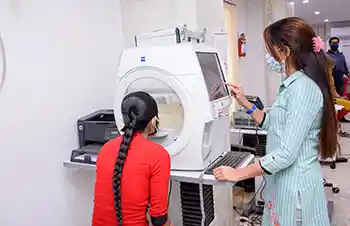Open-angle glaucoma is a common form of eye disease. The angle formed by the cornea and iris for drainage remains open, and the trabecular meshwork gets blocked. This results in a gradual increase of pressure in the eye. This pressure causes damage to the optic nerves. Open glaucoma usually happens to people over the age of 50. The disease can damage both the eyes. There are usually no early symptoms of open-angle glaucoma. The development of the disease is slow and generally without noticeable sight loss. Most of the people do not notice any change in their vision because the visual sharpness is maintained until late in the disease.
Factors leading to the disease
There are fluids inside the eye to keep it healthy. As the fresh fluid comes in the old fluid has to be drained out. The angle is at the meeting point of the cornea and the coloured part of the eye that is the iris. At this point, the system of eye fluid drainage sits. It is like a meshed strainer that leads to drainpipes. In open-angle glaucoma, the meshwork gets blocked or some other deep problem in the system. The eyes can also produce too much fluid that can result in backup in the outflow. This causes the fluids to drain slowly and eventually leads to an increase in eye pressure.
Symptoms
There are usually no specific symptoms at the early stages of open-angle glaucoma, and therefore it is usually known as the silent thief of sight. Gradually it affects the peripheral vision, that is the side vision whereas the visual acuity remains intact until late in the disease.
Risk factors
The risk of open-angle glaucoma increases if the parents have the disease or have some family history. Other factors can be high eye pressure, race(African American or Hispanic), myopia(nearsightedness), thin central corneal thickness and diabetes. The risk of glaucoma increases with age.
Diagnosis and treatment
There are certain eye tests to detect open-angle glaucoma. The tests usually (a) check the eye pressure, (b) detects an open angle, (c ) measures the thickness of the cornea.
The types of eye tests are:
- Dilated eye exam- an eye drop is used to dilate the pupil wide open and let the doctor examine the health of the optic nerves.
- Visual field test- this test is repeated over the years to check the eyesight and observe how the vision changes.
- OCT test - this test is useful in taking a more in-depth scan of the optic nerves.
The damage to the optic nerves or the vision problems that the disease causes cannot be fixed, but the progress of the process of glaucoma can be slowed down. Several eye drops are useful in this case. The most common are prostaglandins and beta-blockers.
Other useful ways to treat open-angle glaucoma are:
Laser therapy: It is a useful process in which the opthalmologist can use a laser to open up clogs and help the eyes drain better.
Surgery
- Drainage tubes- tiny tubes are put into the eye to drain fluid in a device. It sits in the eye and helps flush the fluid away.
- Filtering surgery- the opthalmologist makes a small hole in the eye, which allows fluid to drain out.
There are a few newer set of treatments. The doctor makes tiny openings and specific devices are used which cannot be seen with the naked eye. The process is usually safe and fast.
Without proper treatment, open-angle glaucoma can result in blindness. The most effective way to prevent open-angle glaucoma is to catch it early and the slow the progress. Get your eyes examined and tested on a regular basis by the best glaucoma specialists in Kolkata. With regular eye exams, early detection, treatment, the eyes can be preserved.








